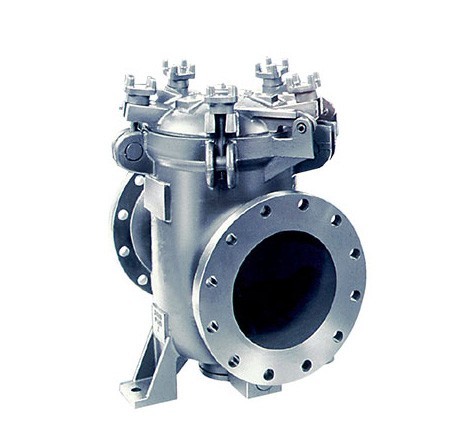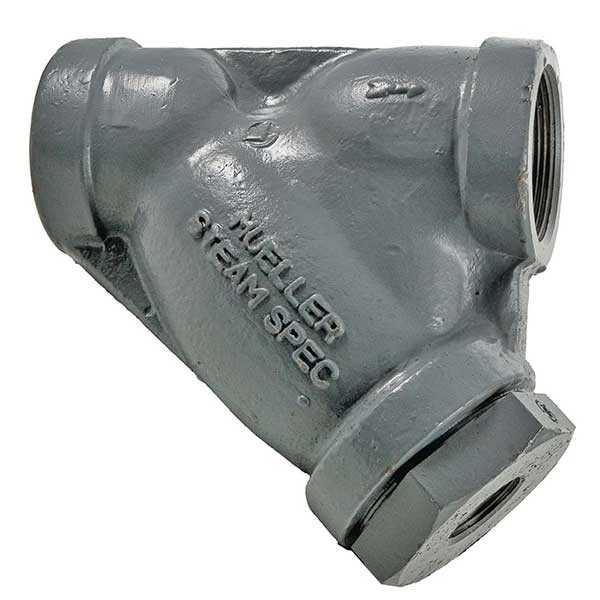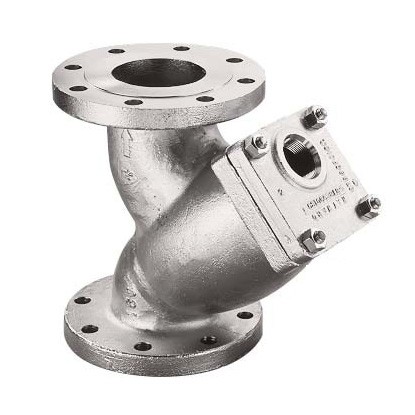Breakdown of Strainer End Connection Types
Strainers are a type of filtration equipment used to remove unwanted solid particles from a liquid, gas, or steam flowing through a piping system. They have a variety of end connection types, making it easy to install a strainer into any piping system. The end connection options include flanged, threaded, and welded.
The Difference in Strainer End Types
End connections for strainers come in various types. The three most common types are flanged, threaded, and welded. Here’s a detailed look into these types:
Flanged Ends

Flanged ends are the most commonly used type of strainer end connection, as well as the easiest to use. They work by connecting two pieces of material together, with a gasket fitted between them to prevent leaks, with an external or internal lip. These end connections are secured with several bolts that are tightened to seal the joint. These flanges are designed to American National Standards Institute (ANSI) specifications but can also be constructed to U.S. Navy flange dimensions, which are different from common commercial standards. Flanges can either be raised face or flat face. (Read about the differences in this post.) Some flanges have ring type joints, either male or female, or they can have tongue and groove type joints.
Flanged end connections offer a wide range of application options. They work well with various sized pipes, systems that require high joint integrity, constricted or open areas, and with hazardous or caustic gasses or liquids. They may not be the ideal option for systems in which the temperature exceeds 350 degrees, however. This is due to the bolts, gaskets, and flanges becoming slack at high temperatures, which can lead to leakage under stress.
We carry a variety of simplex and multiplex pipeline strainers that have either flanged or threaded end types. View them here and here.
Threaded Ends

Threaded end connections are the oldest method of connecting piping systems. These types of ends are typically used for smaller pipe diameters, usually for pipes with nominal diameters of NPS 2 or smaller. Threaded end connections are most commonly made of stainless steel, cast iron, cast bronze or brass, or carbon steel. You can find them with pressure ratings of Class 2000, 3000, and 6000.
These ends are most commonly found in applications that are noncritical and low-cost, such as fire protection, domestic water systems, and industrial cooling water systems.
Welded Ends

Welded end connections come in two types, butt-weld ends and socket weld ends:
• Butt-Weld Ends: These connections are made in such a way that each end of the valve is beveled to match the pipe’s bevel and thickness. Once matched, the two ends are butted to the pipeline and welded into place. These connections are stronger than other options, which makes them ideal for applications that require higher temperatures and pressure. It’s important to remember that welded end connections should be used in areas where repeated dismantling isn’t required.
• Socket Weld Ends: Socket weld end connections are designed in such a way that a pipe is inserted into a recessed area of a valve, fitting, or flange. Unlike butt-weld ends, socket weld ends are usually used for small pipe diameters (like threaded end connections). Socket weld ends are an ideal option for applications that require high leakage integrity and great structural strength, in areas where piping is permanent.
Many of the Y strainers we carry come with either socket weld ends or butt-weld ends. View our selections here.
Choosing End Connections for a Pipeline
When you are buying a strainer, it’s important that you get one that is appropriate for your specific task. The end connections of the strainer have to match the corresponding connections of the pipeline as well as the specific application of that piping system. Strainers with flanged ends work well in a variety of applications, if temperatures do not exceed 350 degrees Fahrenheit. Strainers with threaded ends are good for smaller piping systems and for non-critical applications. Strainers with a butt-weld end type are good with higher temperature and pressure applications while strainers with socket weld end connections are ideal for situations that require high leakage integrity. Work with a filtration expert to determine the right end connection type for your piping system.

